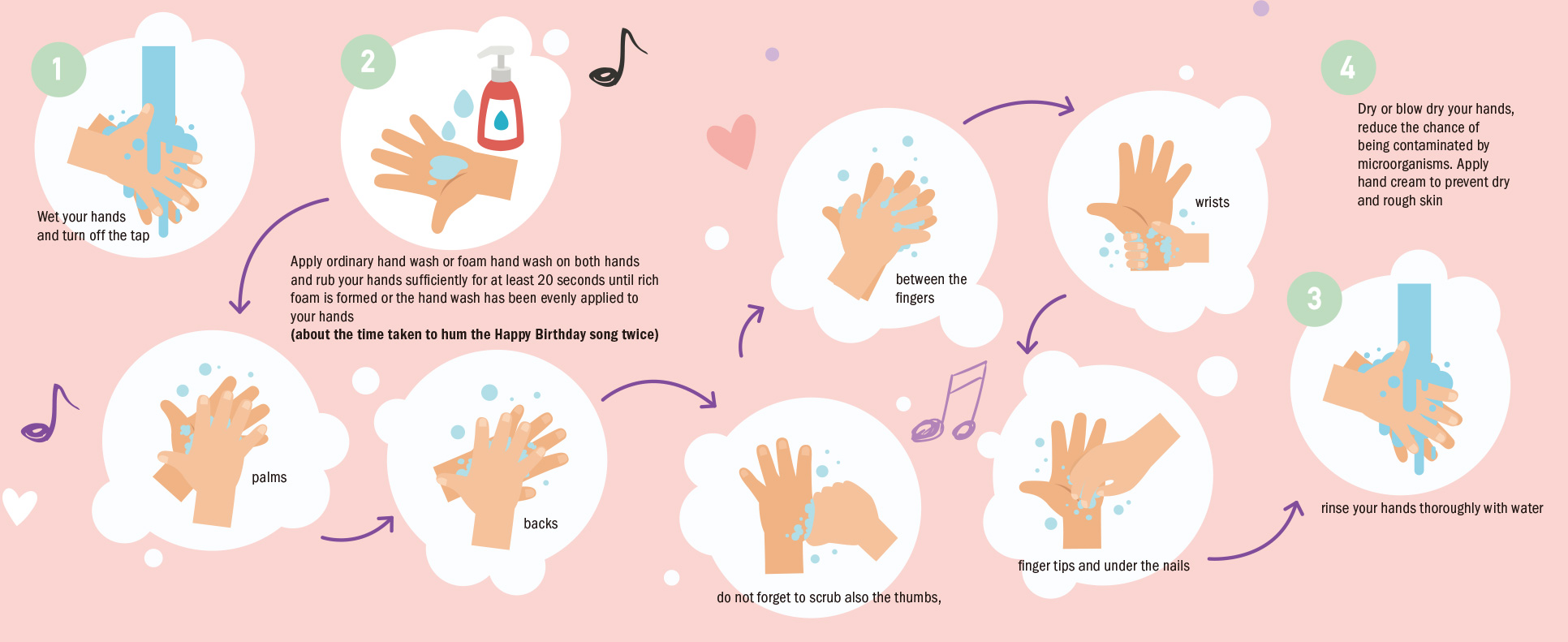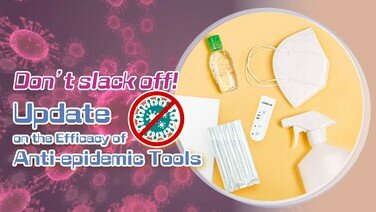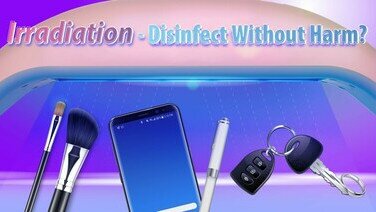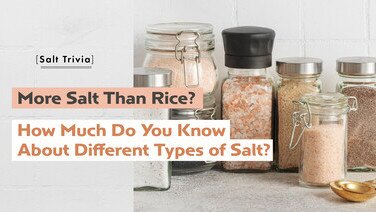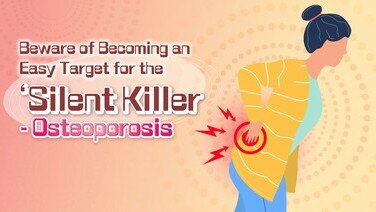Myth 1 : Hand washes claimed with antibacterial functions are more effective at killing germs?
Many people believe that antibacterial hand washes are more effective at killing bacteria and helping prevent the spread of diseases than regular hand washes. What are the facts? The Council tested 20 ordinary hand washes and 15 hand washes claiming to have antiseptic, antibacterial, or disinfecting functions on the market, and found that some general hand washes also have satisfactory antibacterial performance, killing Staphylococcus aureus and Escherichia coli at an efficacy of 99.5% or more. On the contrary, some models labeled as "kills/destroys 99.9% germs/bacteria/bacteria on hands", “kills 99.9% of germs”, etc., performed worse than what they claimed, and some models had only about 30% efficacy in killing.
In fact, hand washes advertised as having antibacterial efficacy may have added some antibacterial ingredients, and theoretically these ingredients need to be at an appropriate concentration and sufficient action time to effectively kill or inhibit bacterial growth. However, during the instant process of hand washing, these ingredients may have been washed away by water without any killing effect, so antibacterial hand washes may not be able to bring additional health benefits compared with ordinary hand washes.
In addition, data from the U.S. Food and Drug Administration in 2016 stated that the manufacturers of antibacterial wash products in the US failed to provide sufficient evidence to support that the 19 specific antibacterial ingredients, including the most commonly used triclosan and triclocarban, were safe for daily use on long term basis. The European Union Scientific Committee on Emerging and Newly Identified Health Risks (SCENIHR) also reported in 2008 that the increased use of antimicrobial compounds was related to the increased frequency of bacterial resistance.
Consumers should remember that the purpose of hand washing is to remove dirt and reduce the number of microbes on the skin to a safe level, and it is of utmost importance to rub and rinse thoroughly. Washing hands with plain soap and clean water is the most important and feasible step to avoid the spread of germs and prevent diseases.
Myth 2 : The Richer the Foam, the Better Cleaning Performance?
There are more and more hand washes that can squeeze out foam with a single touch. The key to forming rich foam lies in its foam pump. When the hand wash passes through the pump, a large amount of air will be injected, and creating the foam. However, richer foam may not be directly related to the cleaning performance. In terms of weight, normally the amount of hand wash squeezed out through the foam pump head is even less than that of the ordinary style pump head.
At the same time, some overseas studies have suggested that foam hand washes may affect the way consumers use the products. Because compared with ordinary hand washes, when users clean their hands with foam hand washes, they tend to rub their hands shorter in time, which may affect the sterilization performance.
Myth 3 : The more frequent the hand washing, the better?
Washing your hands with too much hand wash, or washing your hands too frequently, may over-remove the natural oil barrier on the skin, which increases the chance of skin irritation and dryness, and even causes damage. On the contrary, it would be more difficult to effectively remove certain pathogenic bacteria on the skin surface. So, washing hands too often is not a good practice. Especially for people with sensitive skin, hand washes that contain preservatives such as MIT (methylisothiazolinone), CMIT (methylchloroisothiazolinone) and even formaldehyde-releasing ingredients are more likely to cause skin allergic reactions or irritation problems.
Consumers are advised to use a suitable hand cream after washing their hands, which can also help prevent and alleviate dryness and irritation problems caused by cleaning products.
Myth 4 : Washing hands with hot water helps to kill bacteria?
Washing hands with hot water may cause damage to the skin. It is recommended that consumers wash their hands with room temperature water or lukewarm water.
The correct way to wash hands
Even when selecting a good hand wash with the best antibacterial performance, if the hand washing method and steps are not appropriate, the expected sterilization effect could not be achieved. Remember the correct steps below:
Before washing your hands, remove rings and jewelry to thoroughly clean your hands. After wetting your hands, remember to rub with hand wash for at least 20 seconds, and do not forget to scrub also your thumbs, wrists, between your fingers and under your nails (especially with artificial nails or very long nails, which could hide dirt easily). Finally, rinse off the hand wash thoroughly with water, and then blow dry or dry your hands. It is best to apply hand cream afterwards to prevent dry and rough skin.
In particular, if someone at home is sick, consumers may consider using alcohol-based hand rub after washing their hands to enhance the sterilization effect and reduce the chance of infection. Remember to wash your hands thoroughly before and after each patient care, keep your home clean (e.g. cleaning furniture surfaces and supplies with diluted bleach), and keep indoor air circulation to prevent the spread of infectious diseases.
For more information, please refer to [" CHOICE magazine " Issue 513 A variety of hand sanitizers have been found to cause allergies to preservatives or pollutants, and the sterilization efficiency varies greatly; Chinese version only] .
Further reading: Summary of the efficacy of anti-epidemic tools
In addition to washing hands frequently, wearing a mask and frequent disinfection are also part of the daily anti-epidemic routine. "Adapting to the New Normal: The Latest Summary of the Effectiveness of 3 Anti-epidemic Tools" brings you the latest summary of the effectiveness of different anti-epidemic tools to help you effectively prevent the epidemic!


![[Handwashing Cold Knowledge] Debunking 4 common handwashing myths](/f/guide_detail/409326/580c326/43_4%E5%80%8B%E6%B4%97%E6%89%8B%E5%B8%B8%E8%A6%8B%E8%BF%B7%E6%80%9D_Eng.jpg)
